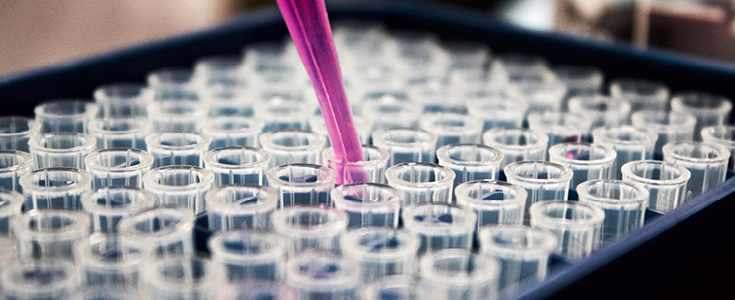F. Altmann, P. Kosma, A. O’Callaghan, S. Leahy, F. Bottacini, E. Molloy, E. Schiavi, M. Gleinser, D. Groeger, R. Grant, N. Rodriguez Perez, F. Moriaty, S. Platner, S. Healy, E. Svehla, M. Windwarder, A. Hofinger, M. O’Connell Motherway, C. A. Akdis, J. Xu, J. Roper, D. van Sinderen, L. O’Mahony, PLOS one 2016, 11 e0162983 (dx.doi.org/10.1371/journal.pone.0162983).


